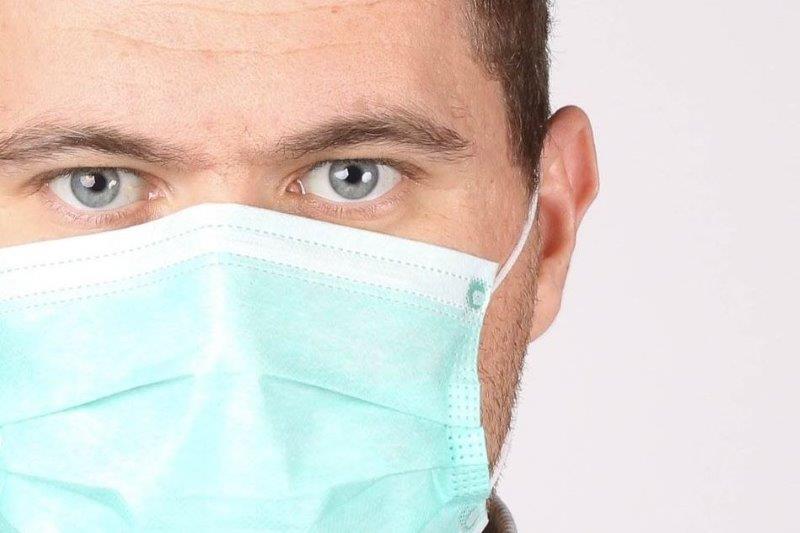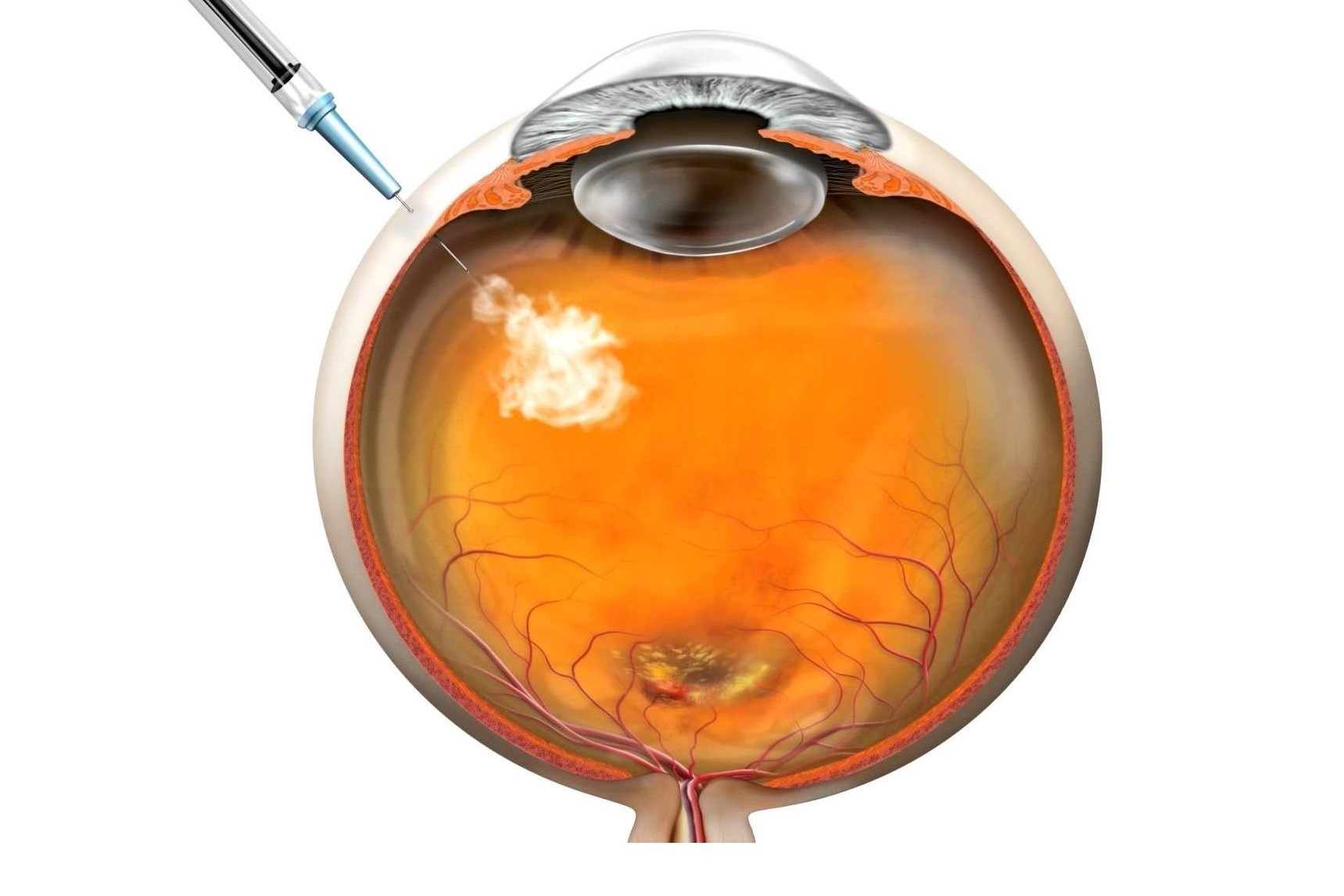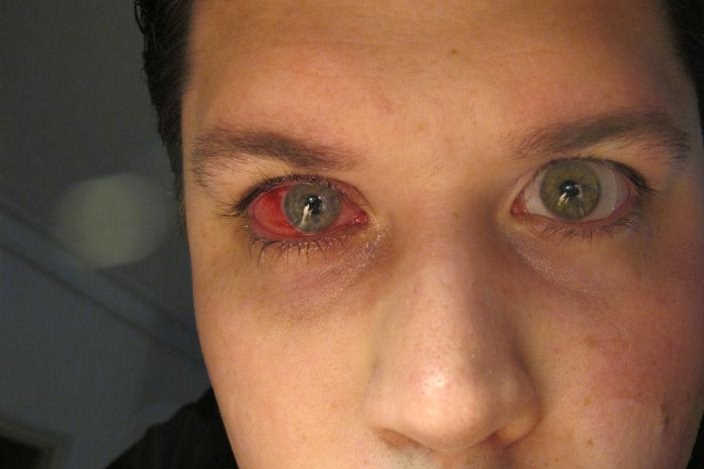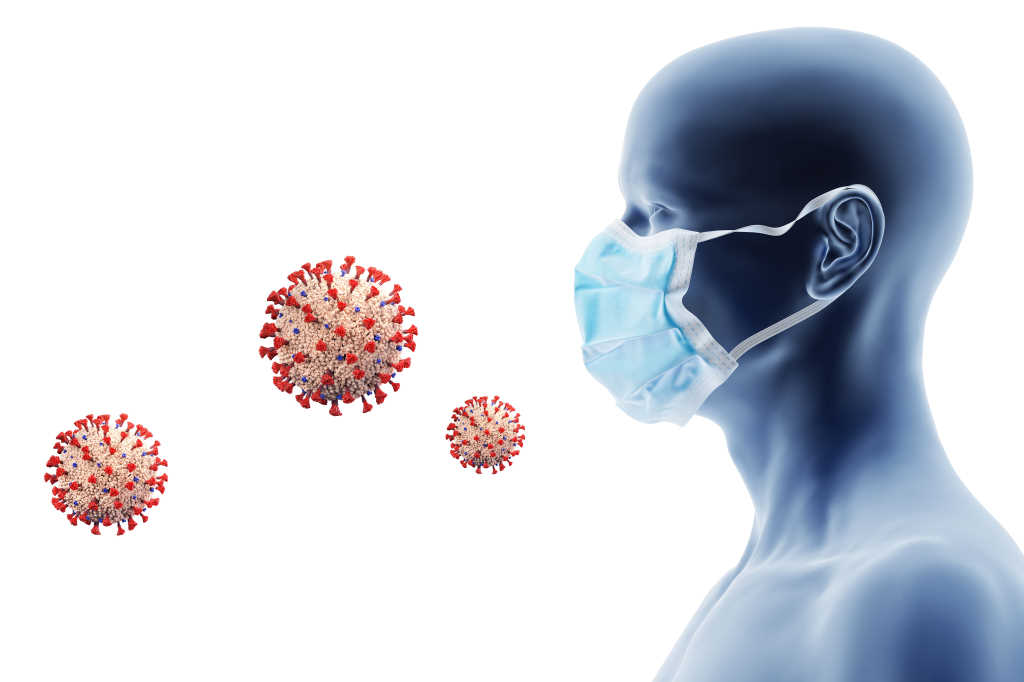Covid’s increasing ophthalmic impact
Ocular effects including chronic bilateral dacryoadenitis and Purtscher-like retinopathy have been noted in around 11% of Covid-19-positive patients, according to recent data.
Dr Marco Pastore, from the University of Trieste in Italy, reported a patient presented with acute painless vision loss in both eyes, his visual acuity (VA) reduced to counting fingers. Writing in Jama Ophthalmology, the research team said ophthalmoscopic examination showed multiple polygonal areas of retinal whitening at the posterior pole and around the optic disc associated with mild optic disc oedema, nerve fibre layer infarcts, plus macular oedema with pseudo-cherry red spot in both eyes. Optical coherence tomography imaging revealed inner retinal hyperreflectivity, diffuse retinal thickening with intraretinal fluid and a serous macular detachment, they wrote. Increased levels of C-reactive protein and D-dimer led Dr Pastore and colleagues to diagnose Purtscher-like retinopathy associated with Covid-19. Treatment included intravenous methylprednisone (1,000mg) for seven days, followed by oral corticosteroids, which improved VA to 20/32 and 20/25 in the right and left eyes, respectively.
Meanwhile, in Japan, researchers from Hokkaido University found that Covid-19 may target lacrimal gland tissue and manifest as chronic inflammation. This research team conducted a retrospective study of a 35-year-old woman with Covid-19 and a six-month history of lacrimal gland enlargement, and a 43-year-old woman who had not had Covid-19 but had idiopathic chronic bilateral dacryoadenitis, the latter being the control. Researchers reported in Jama Ophthalmology that histopathologic study of the Covid-19 patient showed marked inflammatory cell infiltration, lymphoid follicles and germinal centre formation in the lacrimal gland. The patient was vaccinated and treated with a systemic corticosteroid and recovered completely. Dacryoadenitis in patients with Covid-19 might be histologically characterised by lacrimal gland ductal epithelia damage, they said, concluding that the lacrimal gland was targeted by SARS-CoV-2 to adhere to the tissue.
In the US, Professor Shahzad Mian from the University of Michigan reported ocular signs and symptoms in nearly 10% of 400 patients hospitalised in Michigan between March and April 2020, while a 2021 meta-analysis by Nasiri et al reported a 11.03% prevalence of ocular manifestations among 7,300 Covid-19 patients. The most frequent ocular symptoms reported were conjunctivitis (88.8%), followed by dry eye or foreign body sensation (16%), eye redness (13.3%), tearing (12.8%), and itching (12.6%).
For a more in-depth analysis of the association between Covid-19 infection and various ocular conditions known to date, see Dr Katherine Hu et al’s ‘Ophthalmic manifestations of coronavirus’, https://www.ncbi.nlm.nih.gov/books/NBK556093/.






















